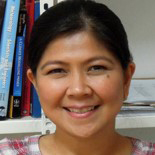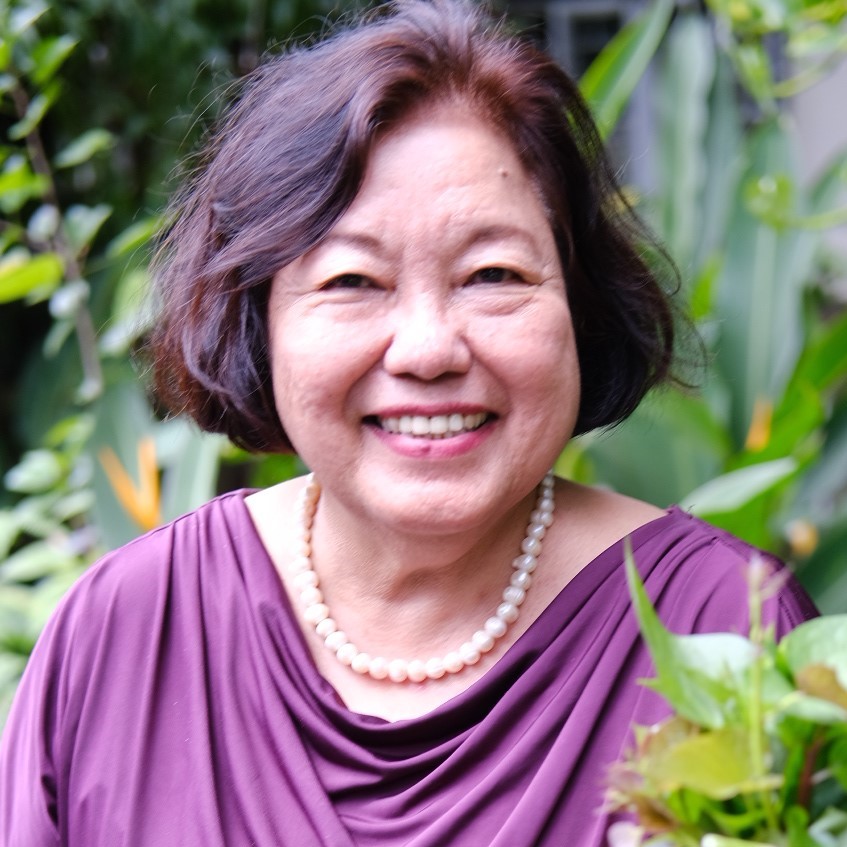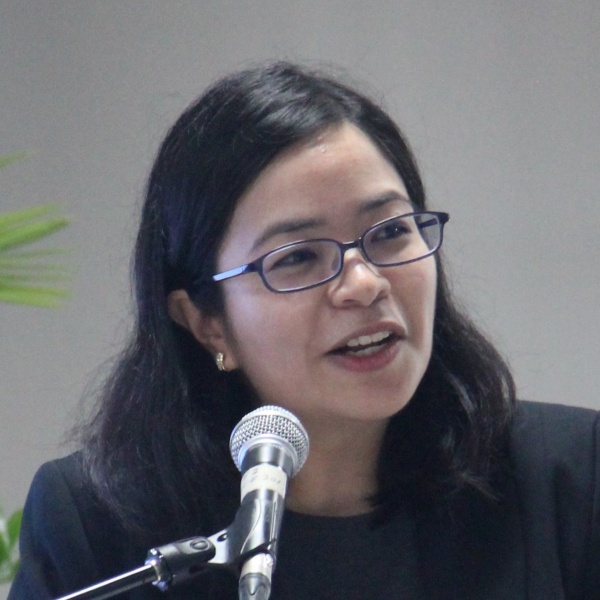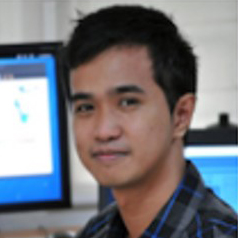This study aims to analyze the changing climate and atmospheric hazards across time and space and how it affects cities (specifically Metro Manila, Naga, and Iloilo City) and certain sectors such as health and the economy.
Coastal cities in the Philippines are highly vulnerable to environmental threats, including impacts of climate change. Climate hazards have disastrous impacts, including loss of life, damage to infrastructure and economy, among others. It is therefore essential for cities to develop appropriate strategies and policies for climate change adaptation and disaster risk reduction to enhance their resilience. An important prerequisite for this action would be a better understanding of the climate and disaster risk, which is also a priority for action according to the Sendai Framework for Disaster Risk Reduction (UNISDR). The hypothesis for this work package is that robust and context-specific scientific knowledge of climate and atmospheric hazards, using state of the science approaches and informed by the needs of end-users and stakeholders, enhance the resilience of coastal cities in the Philippines.
The Resilience Collaboratory runs activities and programs that aim to strengthen the resilience capacities of communities that are exposed to frequent hazards, to address local vulnerabilities, and to support efforts to adapt to disaster risks and climate impacts. The Resilience Collaboratory facilitates collaboration among the core laboratories of the Manila Observatory with a shared goal of delivering useful and usable climate and disaster risk information to the most vulnerable, and initiates transdisciplinary partnerships with various institutions outside academia especially civil society organizations, and the public and private sectors.
For more information about the Resilience Collaboratory, visit the Manila Observatory website.
For more information about the Climate E-learning Hub, visit the Climate e-Learning Hub website.
RELATED STUDIES
Air Quality 🔗 | An Assessment of Personal Exposure of a High-Risk Occupational Group to Fine Particulate Pollution in Metro Manila, Philippines
Health 🔗 | Assessing and Projecting Climate-Related Infectious Diseases in Quezon City
RELATED STORIES
Panahon: Weather Watch Initiative
The latest updates and full weather report from the Manila Observatory is available at 🔗panahon.observatory.ph
Understanding Flooding in Iloilo City | Webinar by UPV
December 8 2020 • CCARPH climate projections and social vulnerability analysis (CDRA) of Iloilo City 🔗Read More
For more stories, visit coastalcitiesatriskph.com.
Featured Exhibits
FromRISK
toRESILIENCE
Launched on 24 January 2018 at the Eduardo J Aboitiz Sandbox in Arete, the exhibit focuses on issues of understanding risk and its components, relief and recovery in the Philippines, and ways forward to achieving resilience. The exhibit is part of the Sandbox Residency Program of Arete, a collaboration and exhibit space for faculty and programs of the university.
SAGIPDisaster Resilience Technologies
Innovative technology that is practical and mindful of context-specific concerns is needed for disaster resiliency. When resources are meager and the situation is far from ideal, makeshift interventions through innovative technology are lifesaving. The Ateneo Innovation Center’s (AIC) efforts are oriented towards this end. SAGIP walks you through how AIC’s technologies help bridge the gap between basic needs and the constraints brought about by disaster situations.

DR. GEMMA TERESA T. NARISMA

Dr. Emma Porio

DR. JAMES BERNARD SIMPAS

DR. FAYE ABIGAIL T. CRUZ

DR. MARIA OBIMINDA CAMBALIZA

DR. MAY CELINE THELMA VICENTE

DR. ROSA PEREZ

DR. JOHN WONG

MR. EMILIO GOZO

FR. JOSE RAMON T. VILLARIN, SJ, PHD
479 total views
